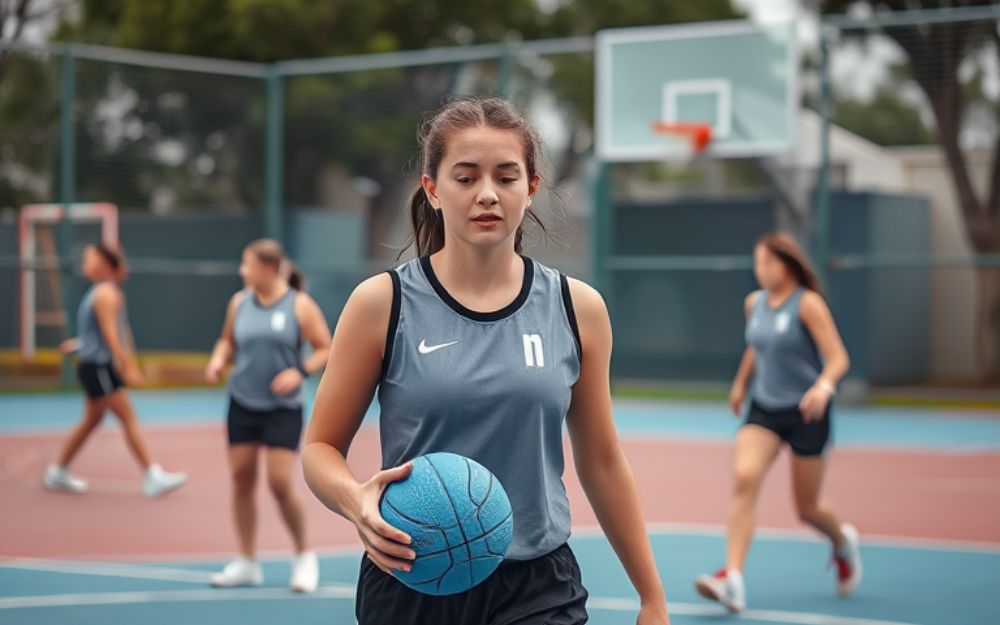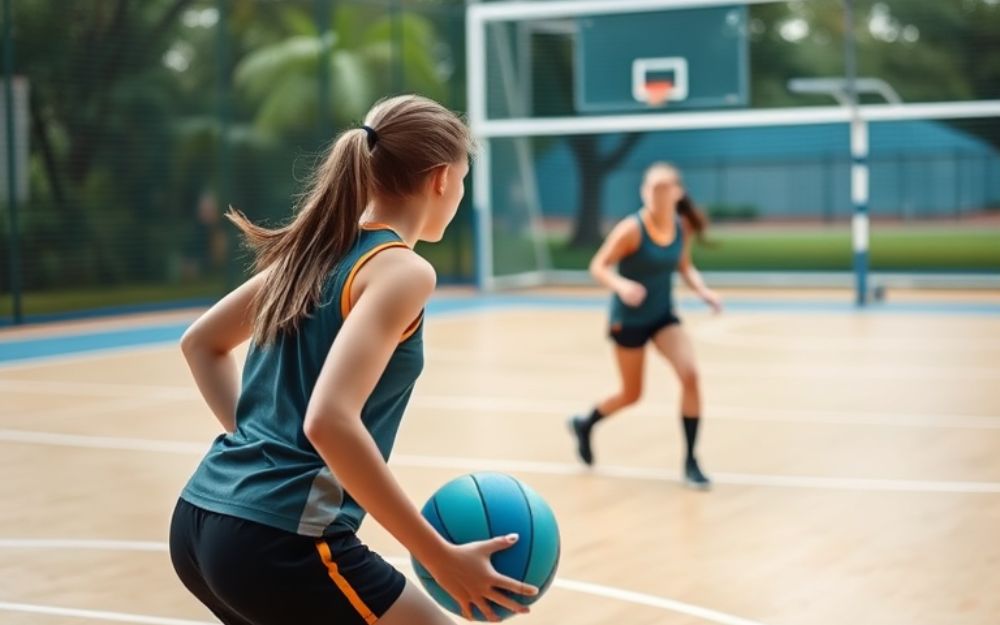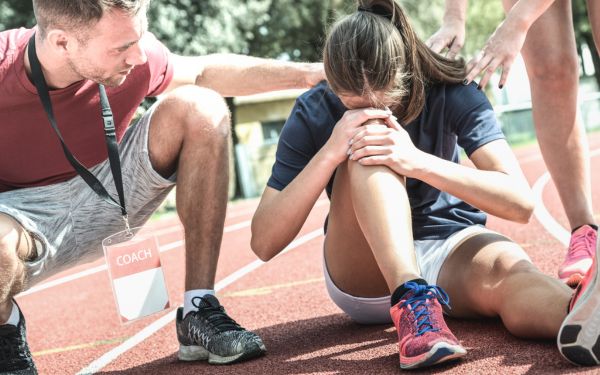Netball is one of the sports that require a combination of unique physical and mental abilities. Thus, for individuals who want to excel in this dynamic, high-level energy game, it’s relevant to understand the key qualities necessary for a netball player. From agility and strength through strategy and teamwork, here is what is needed to shine on the court.
How to be the Best Netball Player?
To be the best netball player, it takes commitment, hard work, and focused attention to developing your skills. Here’s a step-by-step guide on how to go about it:
1. Master the Basics
Every great netball player started by mastering the rules of the game, knowing their position, and then proceeded to master basic skills like passing, shooting, and defense. These are the building blocks of your success.
2. Develop Physical Fitness
Netball is such a vigorous, quick-moving activity. The very best netball player must possess outstanding levels of endurance, speed, and agility. So, you should routinely conduct workouts that combine cardio, resistance training, and stretching to fully equip your body through this activity.
3. Focus on Teamwork
Netball is a team game; it requires great collaboration in order for the team to win. Improve your communication and try to predict what each of your teammates will do in different situations. A cohesive team that knows each other’s games can easily overpower even skilled players.
4. Build Mental Toughness
In any competitive sport, mental resilience is key. As a netball player, you must stay focused, manage pressure, and bounce back from setbacks. Developing a positive mindset can significantly impact your performance on the court.
Why does a Netball Player Need Strength?
Strength is a cornerstone of a netball player’s performance. While agility and precision are crucial, strength forms the foundation for many other abilities required in the game. Here’s why strength matters:
1. Performancе Enhancement
It can provide strength for passes to a netball player, stability in their defense, and the ability to shoot accurately. A well-conditioned body can deliver the best when moments get extreme.
2. Injury Prevention
Netball incorporates quick changes in direction, jumps, and sprints-all of which can really jar your muscles and joints. Strength training aids in building robust muscles and ligaments; this will help reduce the possibility of injury, thus ensuring one’s longevity within the sport.
3. Supporting Endurance
A strong body improves overall stamina for netball. When your muscles are conditioned, you can maintain energy levels throughout the game and recover faster between matches.
How to Increase Stamina for Netball?

Stamina is vital for netball players, as the game’s fast pace demands sustained energy and focus. Here’s how you can increase your stamina for netball:
1. Cardiovascular Training
Do running, cycling, or swimming regularly. These exercises will make your heart and lungs stronger, in the sense that they help your body during a critical match with more oxygen.
2. High-Intensity Interval Training (HIIT)
HIIT sessions are good for replicating the stop-and-start nature of netball. These kinds of sessions switch between short sprints of high-intensity exercise and recovery, tiring the body out from all the dynamics involved in the game.
3. Eat a Balanced Diet
Give your body the right fuel. A diet high in complex carbohydrates, lean proteins, and healthy fats is the kindling for sustained performance. Not to be forgotten, hydration prevents fatigue.
4. Build a Consistent Routine
The key to improving stamina is consistency. Create a routine for training and stick to it. Gradually increase the intensity of your workouts to push your body and improve endurance.
What does One have to do to Become a Netball Player?
It takes more than just loving the game to become a netball player. Here’s what you need to do to make your passion a reality:
1. Join a Local Club
Look for a netball club in your area and sign up. Playing with experienced players and participating in regular matches will sharpen your skills and boost your confidence.
2. Commit to Training
Dedication is key. Attend practice sessions consistently, work on your fitness, and take the time to refine your techniques. The more effort you put in, the better your results will be.
3. Learn from Coaches and Mentors
Seek guidance from experienced coaches or mentors. Their insights can help you improve your gameplay and overcome challenges. Don’t hesitate to ask for feedback to identify areas for improvement.
4. Participate in Competitions
Competing in tournaments is a great way to test your abilities and gain valuable experience. It also exposes you to different playing styles, helping you grow as a netball player.
What are the two Most Important Skills to Learn in Netball?

Netball is a multifaceted sport, but two skills stand out as essential for success:
1. Passing Accuracy
Passing is the backbone of netball- letting your team sustain possession and work into positions where goals can be created. Master different pass types, like chest passes, bounce passes, and overhead passes, to fit into any game situation.
2. Defensive Footwork
Good footwork is the hallmark of any effective defense. While a netball player has to move fast, she has to be balanced well enough to be able to intercept passes and block opponents. Agility drills and lateral movements develop this ability.
Conclusion
A good netball player needs fitness, skill, psychological strength, and teamwork to excel on the court. This will make the game of the highest order for you and help leave an indelible mark on the court. Whether it’s enhancing your stamina in netball or perfecting those passes, one thing stands: hard work and sheer resolve will take you through it all.
As important as it is to gear up with equipment, so is the kind of gear for performance enhancement. Here are high-quality netball bodysuits available to give you comfort and flexibility in our collection. Request a quote for customized uniforms or bulk orders for teams, or order now to grab your ideal netball gear and get prepared. Now is the time to go the full stretch ahead!


